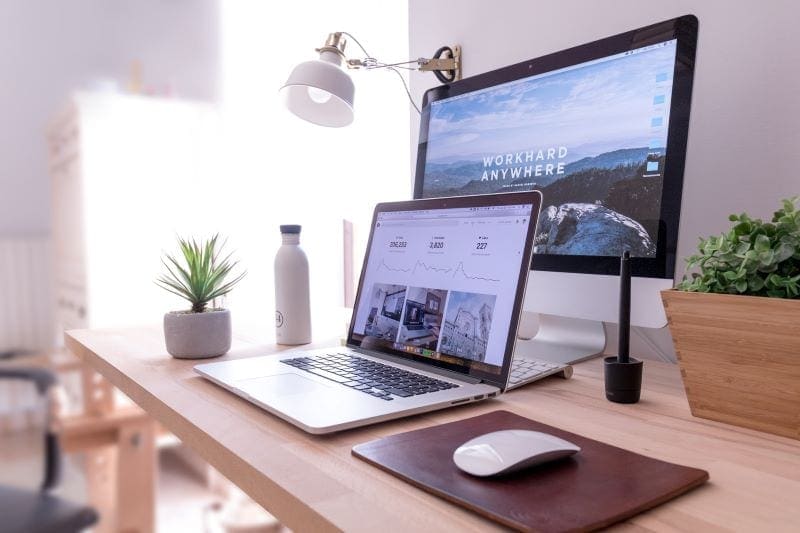
7 Qualities of an Effective Web Design

All websites are not created equal. In fact, there are incredible differences in how various websites engage their visitors and display their information. This ultimately leads to some websites effectively appealing to their visitors while others fall flat.
So what separates the successful websites from the rest?
7 qualities of an effective web design:
- Visual Appeal
- Simplicity
- Logical Layout
- Consistency
- Intuitive User Experience
- Quick Load Time
- Adaptability
1. Visual Appeal
The first thing a visitor is going to notice about your website is its web design. Are there high-resolution images? Is the color scheme appealing? Does the layout overwhelm the web page or direct the visitor’s attention to relevant information?
These initial qualities will affect how a visitor feels about your website. You could have the best content in the world but a visitor will never read it if they don’t give it a chance.
An unappealing visual experience will send your visitors elsewhere. Aesthetics are important, and a successful website will draw people in with appealing visuals.
2. Simplicity
You want to tell your visitors and potential customers the type of content they need. However, you don’t want to overload them with excessive images, videos, and content. This simply dilutes the content of your website and makes it more difficult for people to separate the essential information from the filler.
Including less information on your website imbues the remaining content with a higher level of importance. It also avoids overwhelming your visitors. Complicated websites don’t come across as clean as those with an emphasis on simplicity.
3. Logical Layout
Navigation is important for a successful website. People can become easily frustrated if they aren’t able to find the information they need. This leads them to leave your website in search of an easier route to their desired information.
It can be tempting to try to make your website more unique by getting creative with the navigation, but this is a mistake.
Keep it simple. Make it easy for people to explore your website and find the different sections. This keeps your visitors comfortable and happy as they explore your options and information.
4. Consistency
It’s good to have a level of differentiation between your pages to hold the attention of your visitor. Just don’t push this too far. Drastic differences from one section to the next can make your website feel disjointed and even confusing for the visitor.
A professional web design company will create a theme and then follows it throughout the website. This includes the font, the color scheme, and even the layout of the pages. Keep your headers in the same place. Don’t change the style of the text. You want to create a unified experience for your visitors.
5. Intuitive User Experience
Consistency and a logical layout will improve your visitor’s general experience on your website. This can be furthered by making sure the mechanics of getting around your website are streamlined.
Include multiple buttons that can be clicked to bring you to other sections of the website. Arrange your pages in a coherent way that makes sense for the visitor as they make their way through your website.
Put the most important information upfront. This sets the tone for your website and lets the visitor immediately know what they can expect. And then make it easy for them to find what they are looking for by providing supporting information in a logical order.
6. Quick Load Time
Our willingness to wait for a website to appear on our screen has drastically dropped over the years. Gone are the days of dial-up internet connections where we’d watch the sections of the web page appear one by one until all of the information was finally available.
People want to view the website as soon as they open the page.
There are many factors that influence how quickly your website will load. And they can all be addressed in the design of the page.
For instance, pages can be optimized, both in the amount displayed as well as the size of the file. Keeping an eye on these various factors can greatly improve your visitor’s initial impression of your website.
7. Adaptability
The way we access the internet is changing. Mainly, people are becoming much more likely to browse websites on devices other than computers, such as phones and tablets. And each of these devices offers a different-sized screen.
Responsive web design directly addresses this issue. How will your website look on a variety of screens? It’s important to ensure your images and content will still be easily viewed to those using desktop computers as well as those on their phone. An expert web design company will be able to provide this capability.
Contact JLB in Franklin, TN today!


Have A Project For Us?
Website design services & digital marketing tailored for user experience and
attracting the right traffic for you with support-that-matters!




